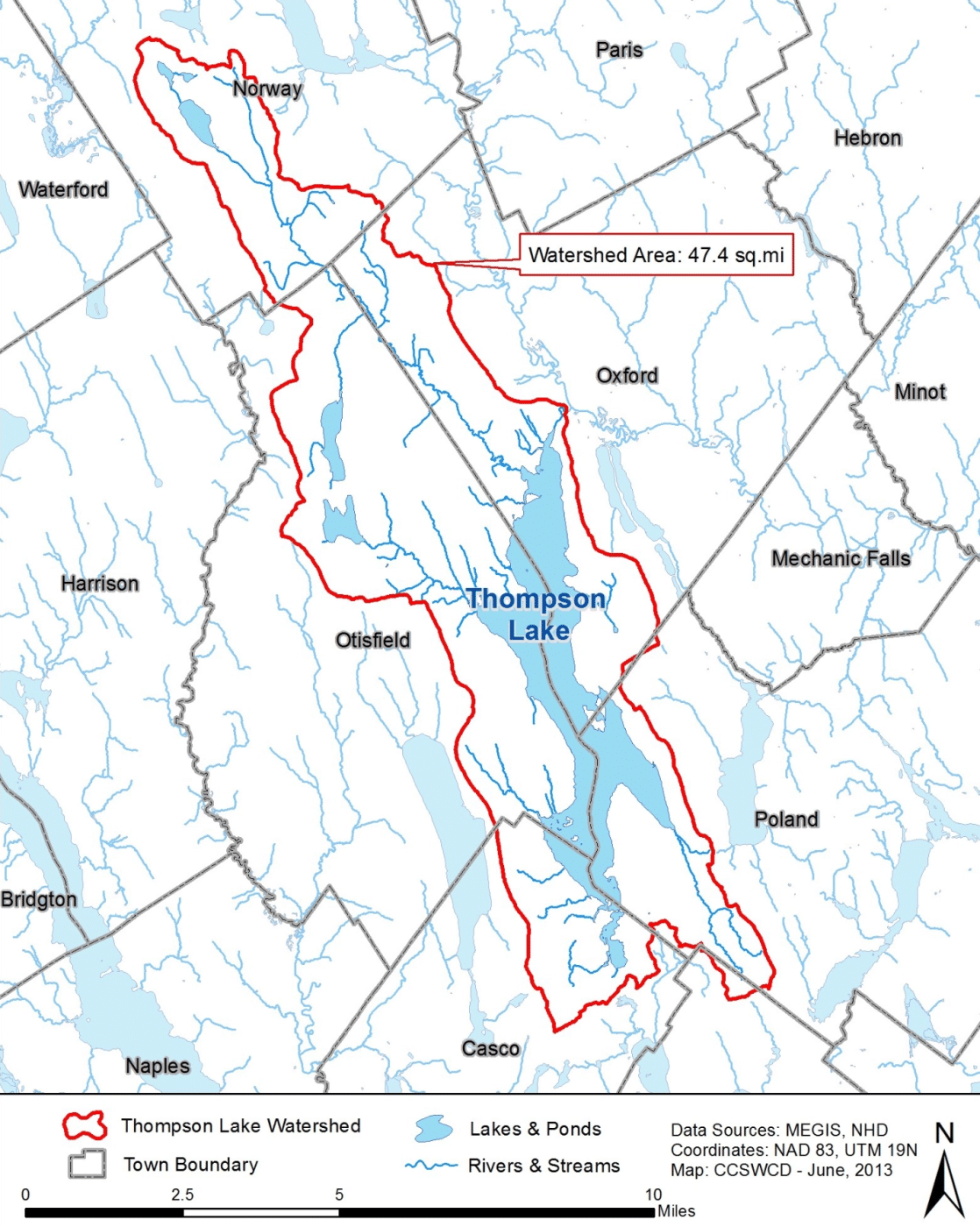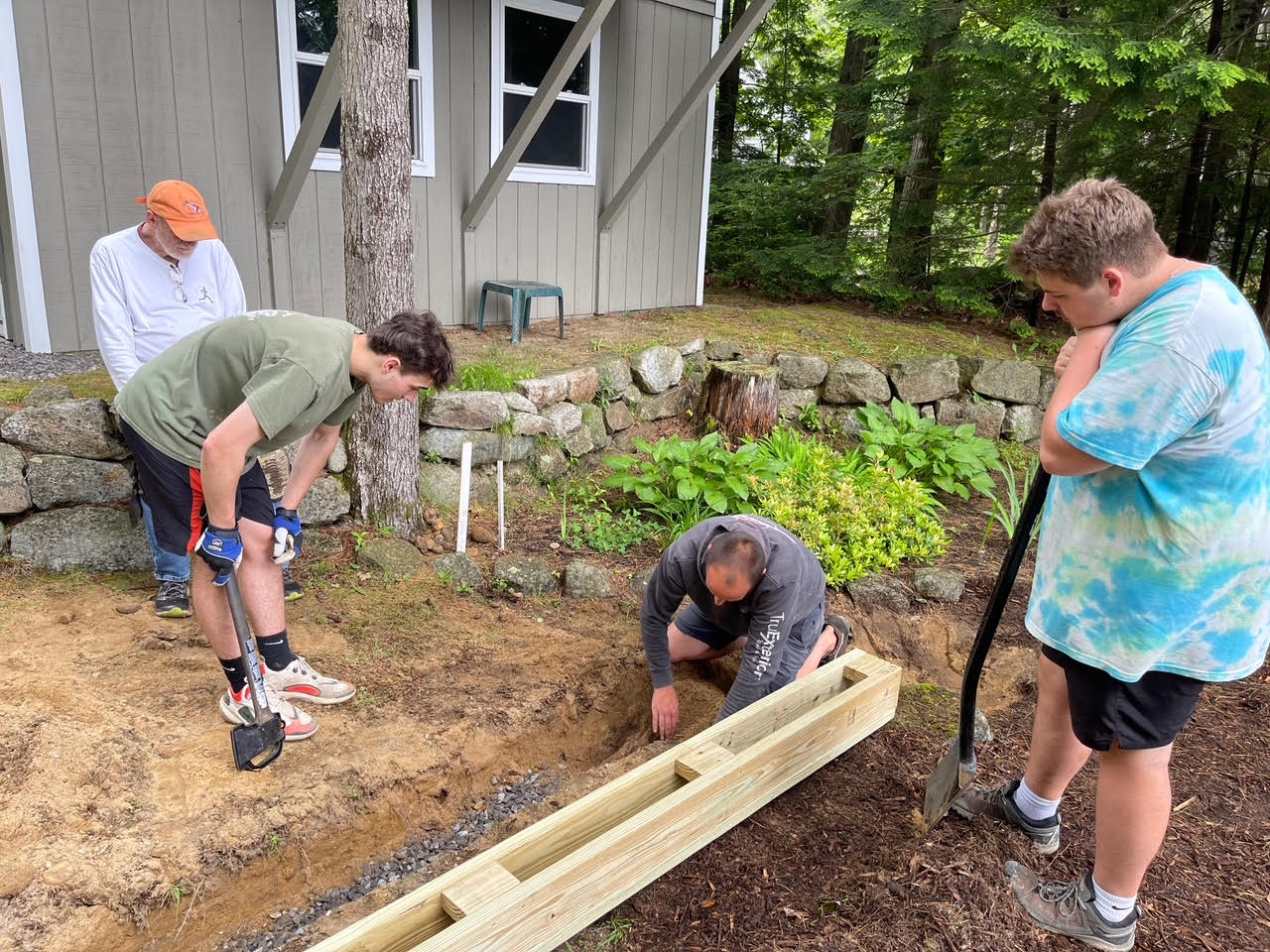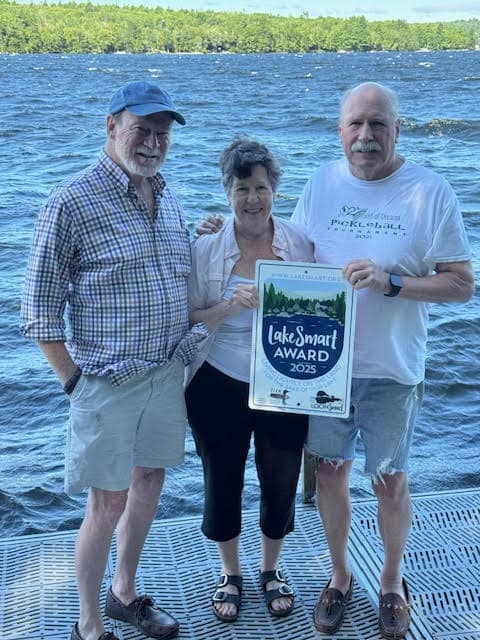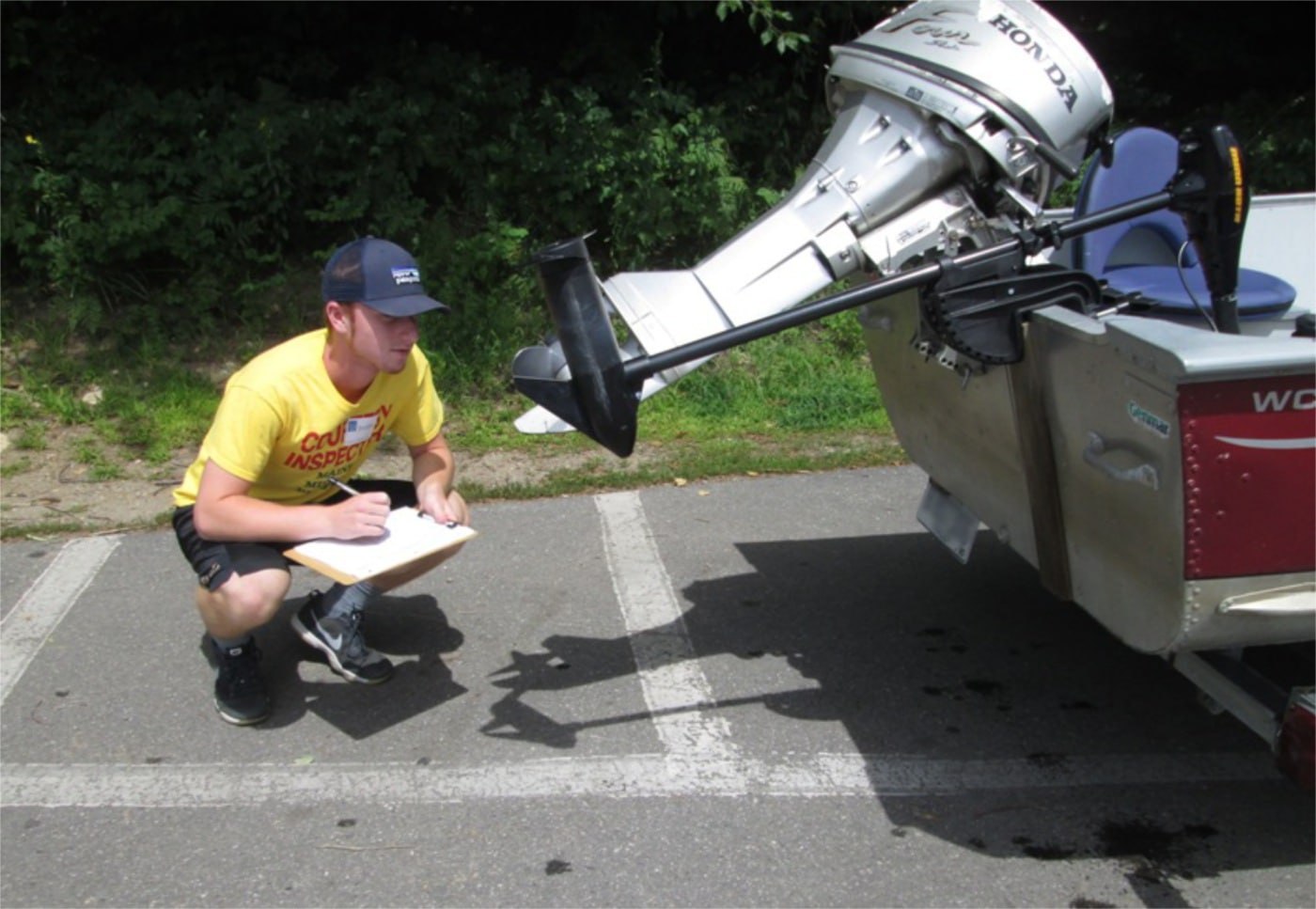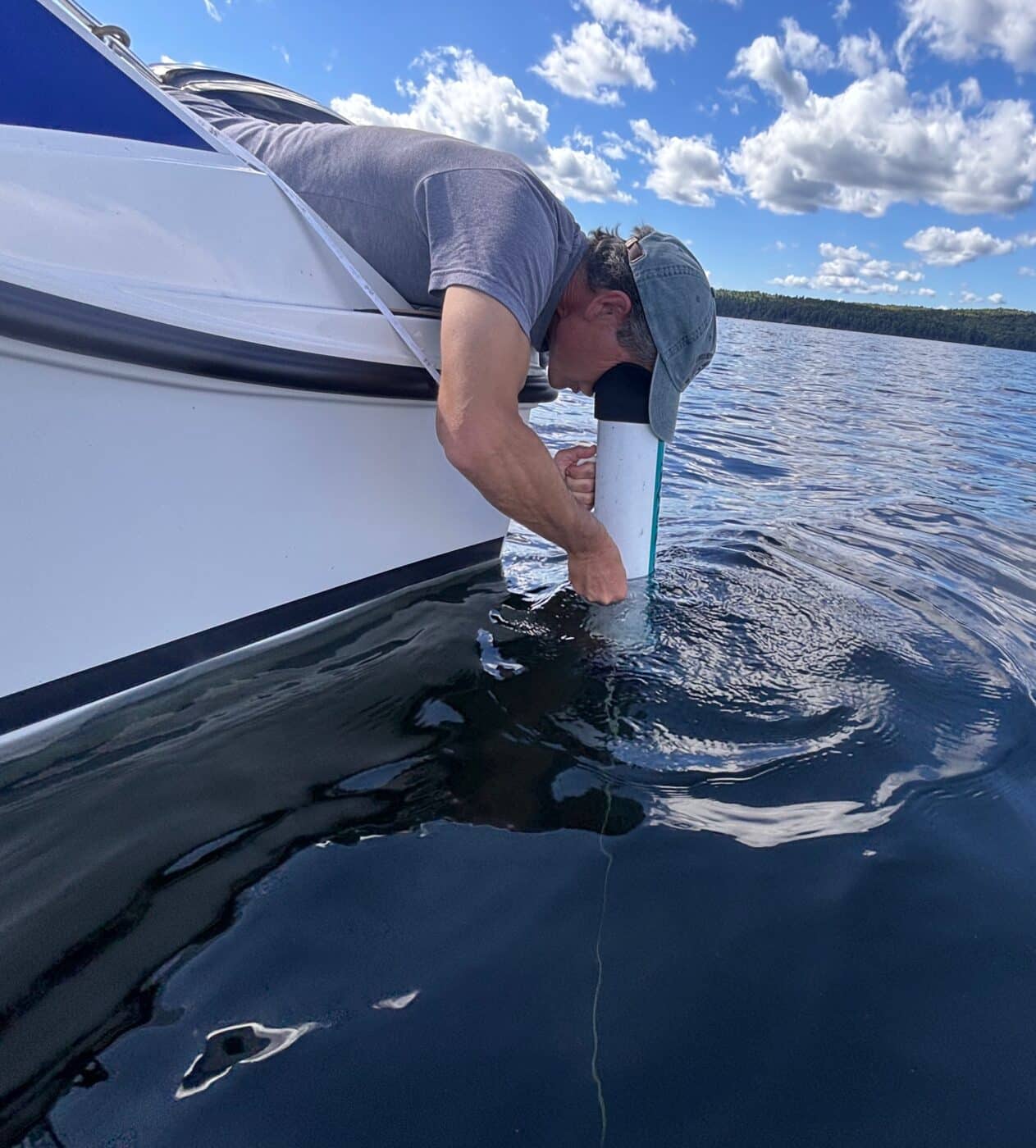2024
The Warmest Year in History on Thompson Lake
Each year, TLEA retains Scott Williams, Limnologist with Lake & Watershed Associates (Turner, Maine) to take samples and assess the current status of Thompson Lake water quality. In late June 2024, Scott measured the surface temperature of Thompson Lake at 78.8 F. This is unusually warm compared to historical data. Lake temps everywhere are about 10 degrees warmer than they were 30 years ago, and the temps this summer are the highest on record for most lakes. This is a trend affecting all Maine lakes because of the effects of climate change.
Also, Thompson Lake presently has a high level of humic compounds from vegetative runoff that darkens the water and absorbs heat. This, combined with the unusually hot weather, results in greater heat retention. The humic compounds are mostly from the heavy rains of 2023 and will flush out in about three years.
Warmer lake water causes dissolved oxygen levels to be lower, which could adversely affect the salmonid fish, such as salmon and lake trout. So far, Scott has not seen reduced dissolved oxygen levels in the deep regions of the lake.
Higher temps also favor the growth of algae such as cyanobacteria (aka: Bluegreen algae). To date, we have not observed any elevated levels in Thompson – due largely to the fact that phosphorus levels in the lake continue to be low (a good thing!). Fortunately, very little precipitation occurred during the recent lengthy hot period. Stormwater runoff containing phosphorus, combined with the unusually warm water might have otherwise significantly increased cyanobacteria levels.
To date, our Secchi disc readings of water clarity for May, June and July have been somewhat lower than historical numbers, due partly to the fact that the water color level remains higher than the historical average, and likely from the moderate rain in the spring and early summer. Weather in early August will have a critical bearing on how the lake fares in August and September.

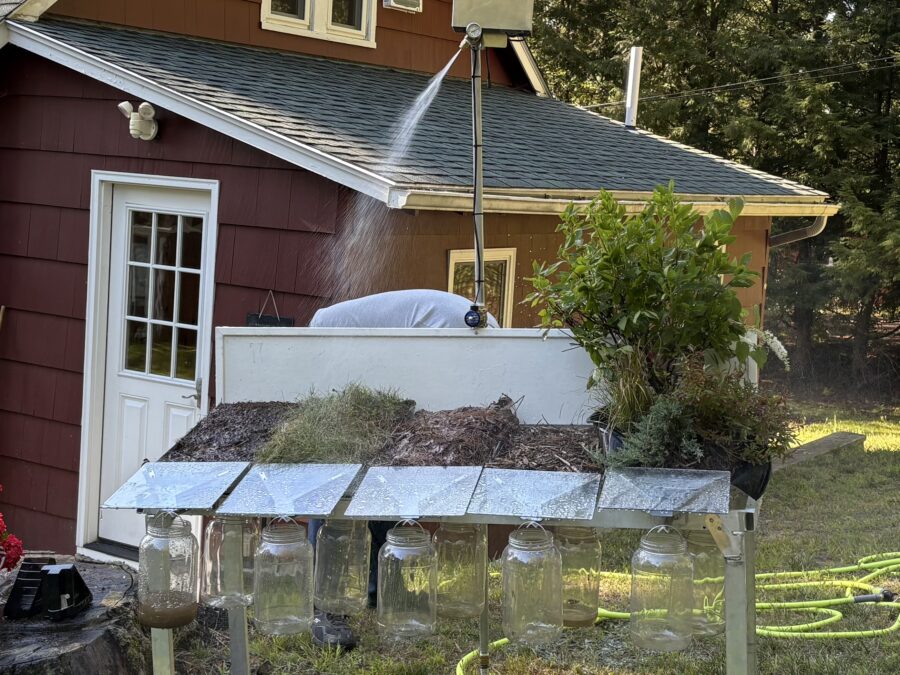


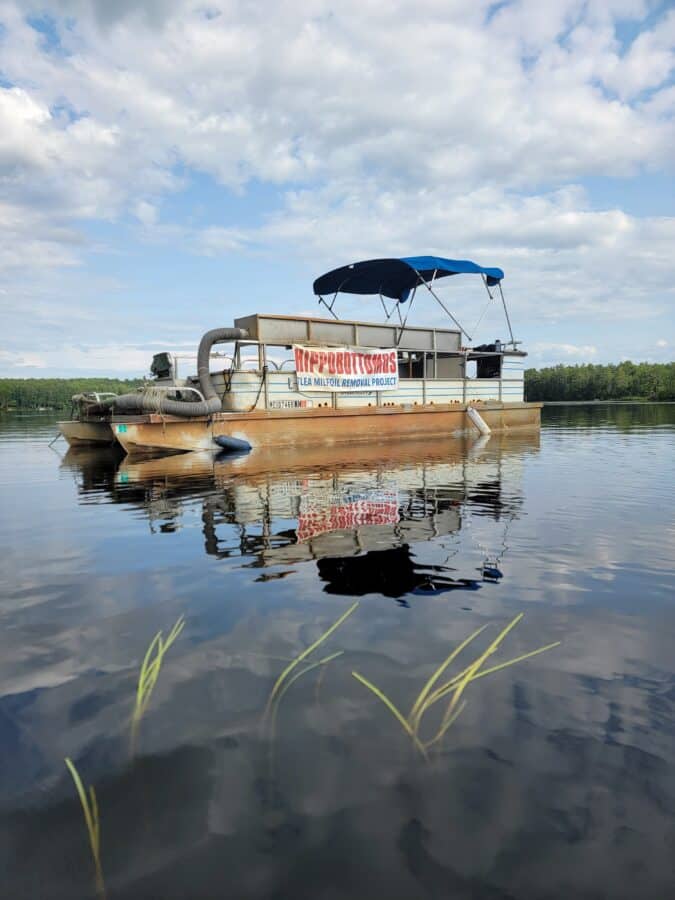
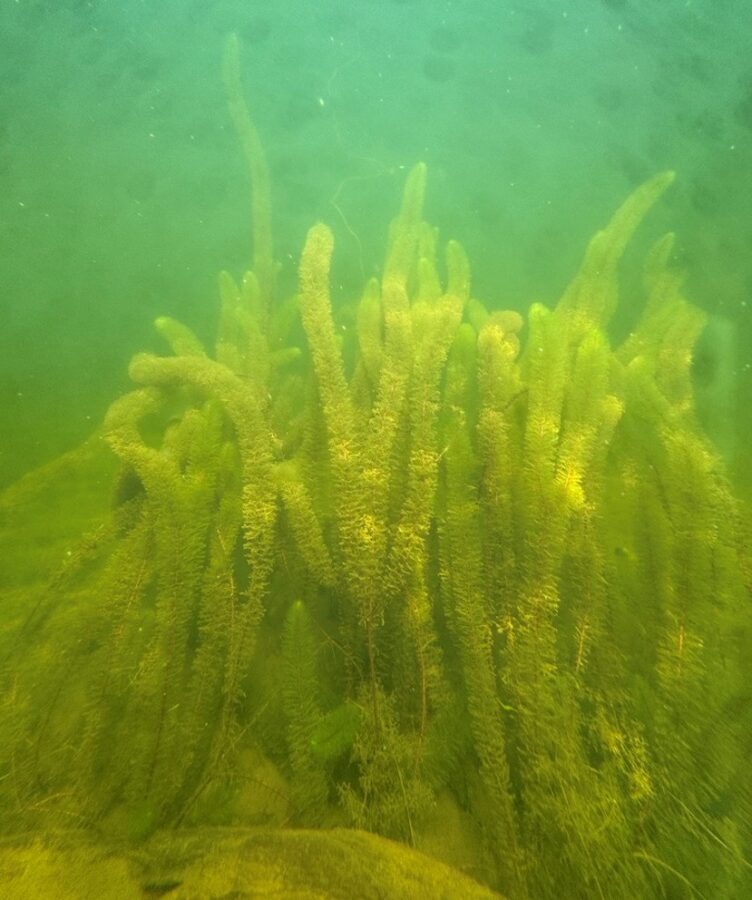


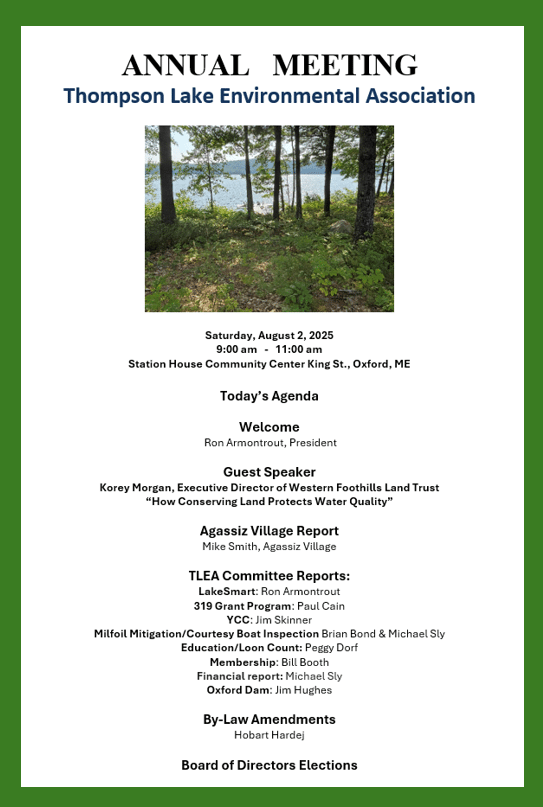
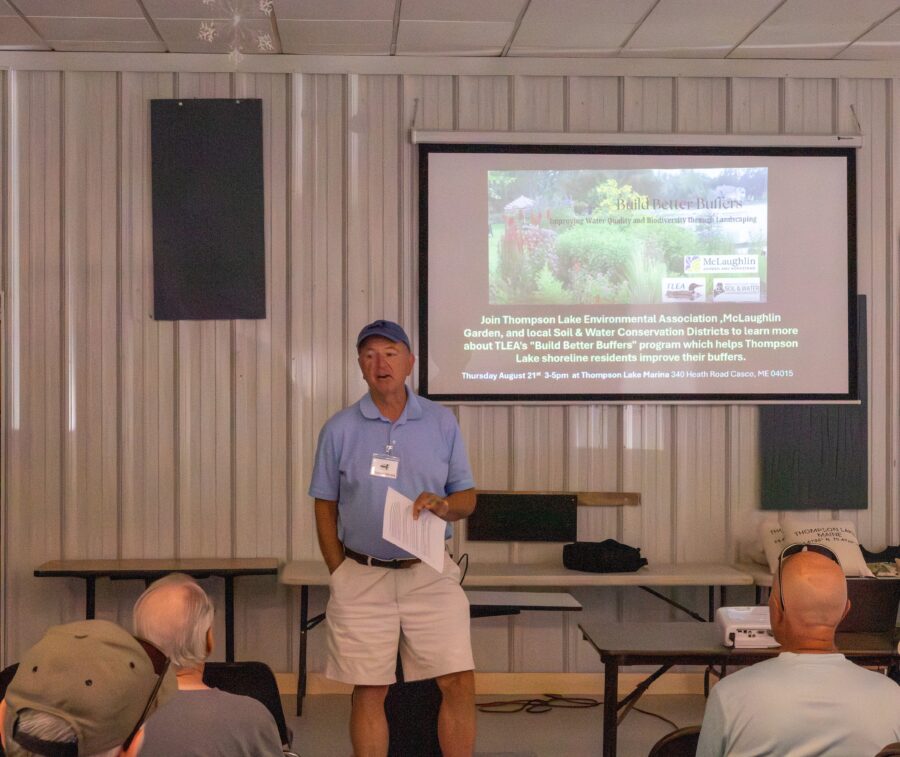
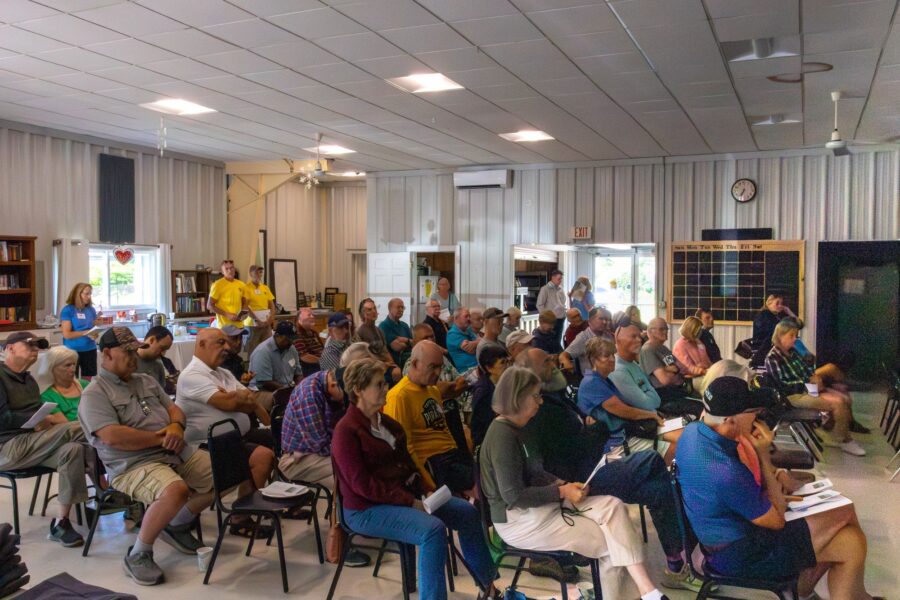
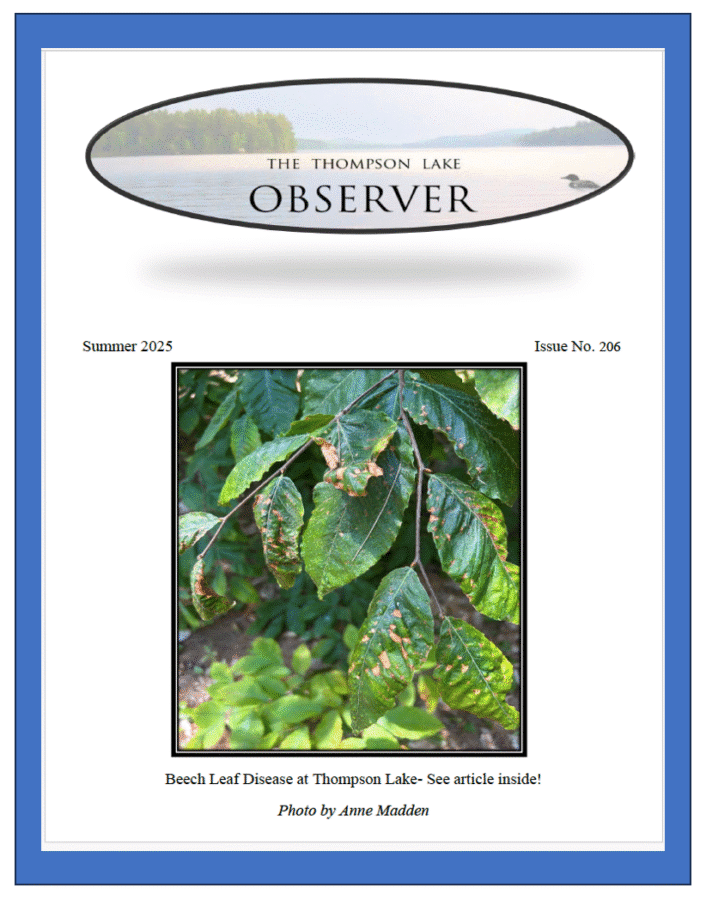
 Jim Skinner shared his perspective from a lake association that relies on volunteers to run and manage the program. Both speakers shared “lessons learned”, ideas for success, and some of the challenges they’ve faced organizing YCC crews for their lake and their region.
Jim Skinner shared his perspective from a lake association that relies on volunteers to run and manage the program. Both speakers shared “lessons learned”, ideas for success, and some of the challenges they’ve faced organizing YCC crews for their lake and their region.

